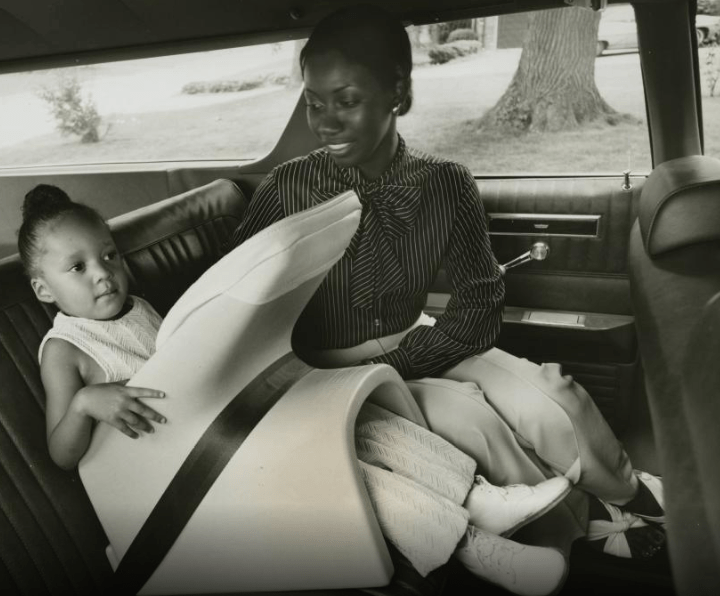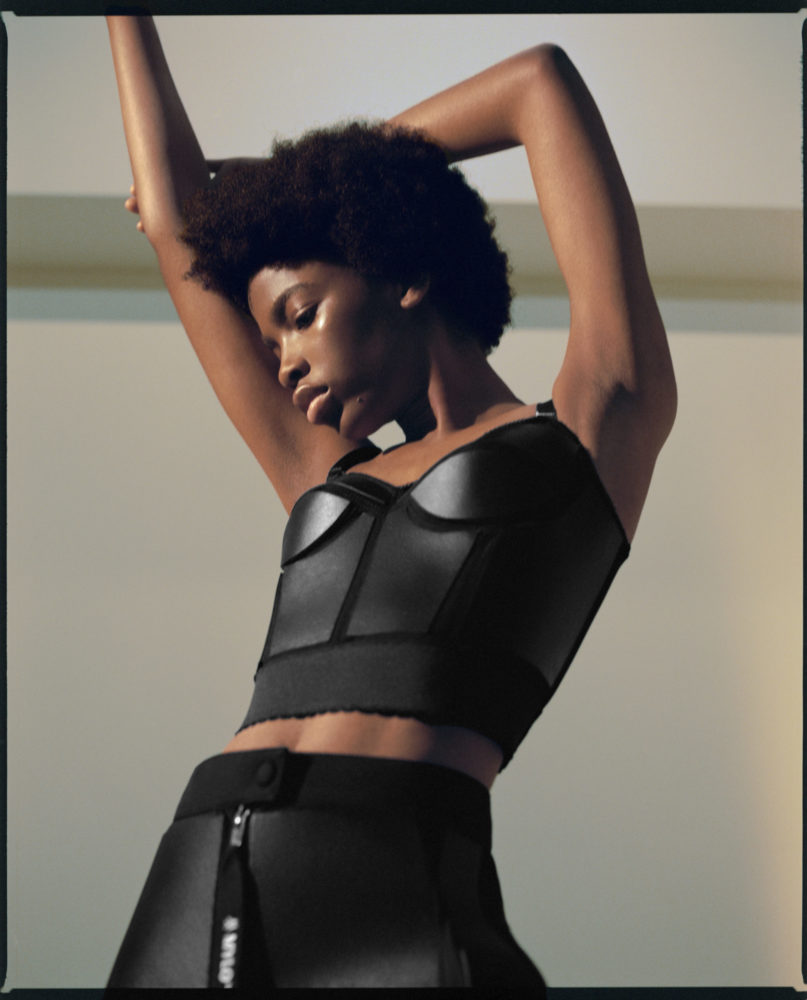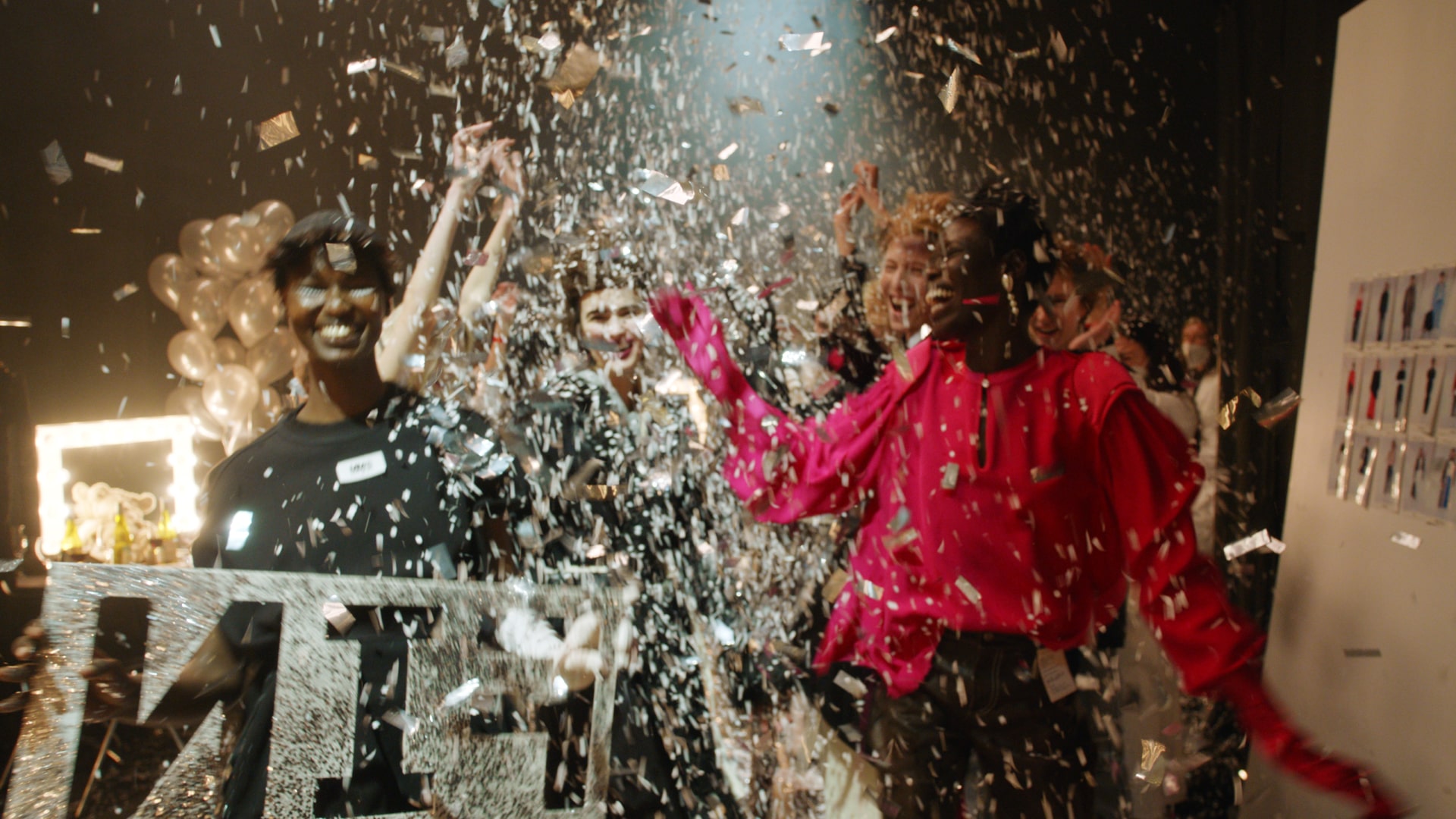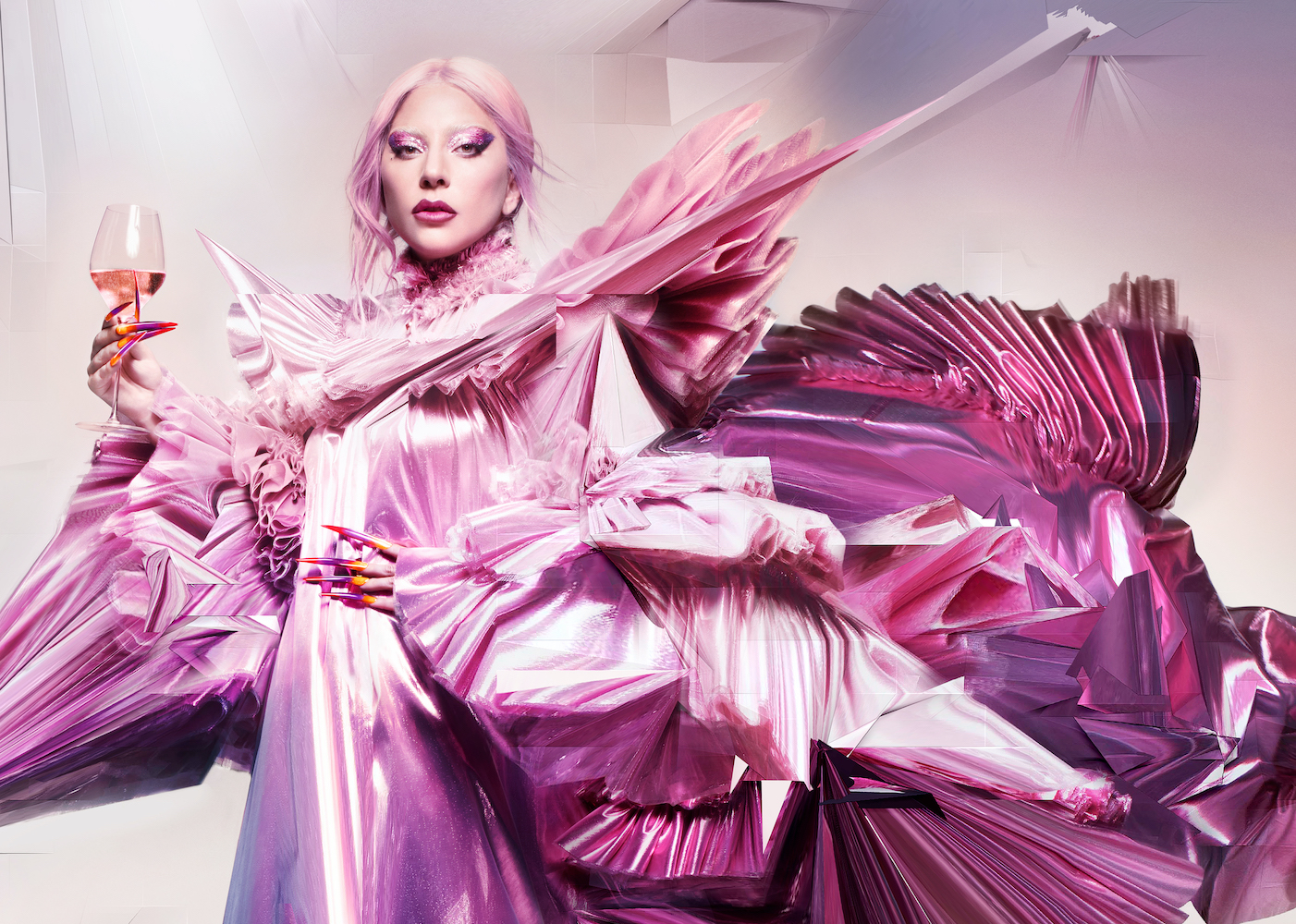The objects, systems, and stories surrounding reproduction and motherhood have long been considered taboo, secretive, or even shameful—whether in everyday life or popular culture, and definitely within cultural institutions. And why? Every one of us was born, but only a portion of us will experience giving birth, and very few from that group of birthing people have held positions of power in writing rooms, boards, media outlets, or museums.
A few years ago, curator and historian Michelle Millar Fisher and writer and historian Amber Winick made the bold choice to change that. Armed with the idea that reproductive and motherhood objects should be part of the canon of our design and visual understanding, as well as being well-considered solutions, they created a book and exhibition proposal that offered a public reckoning with the experience of motherhood through the framework of design. It took a popular Instagram account, years of public research, and meaningful partnerships with organizations like Maternity Care Coalition, as well as The Pew Center for Arts & Heritage, for what is now called Designing Motherhood. The project includes a book published by MIT Press this fall, exhibitions at the Mütter Museum and the Center for Architecture and Design this year, a series of public programs, a design curriculum with Penn Design, a growing community, and a rallying cry.
Whitewall spoke with the team behind Designing Motherhood: Winick; Millar Fisher; curatorand design historian Juliana Rowen Barton; curatorial assistant, artists and special projects coordinator for Maternity Care Coalition and co-lead of the DM Story Bank project Zoë Greggs; and associate director of policy for the Maternity Care Coalition and co-lead of the DM Story Bank project Gabriella Nelson.
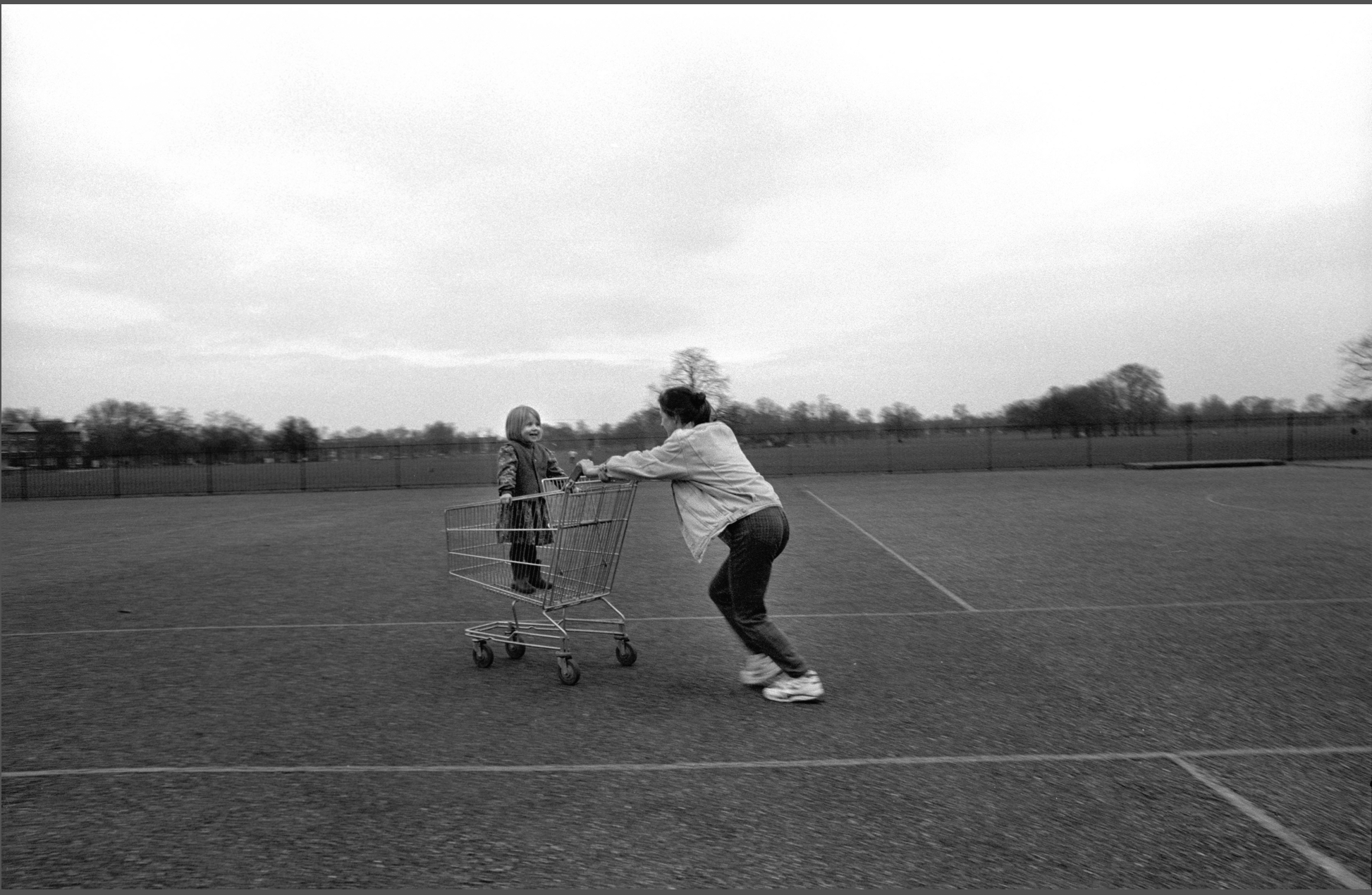
Grandmother pushing grandchild through a parking lot in Clapham Common, South London, 1996, photo by and courtesy of Sveva Costa Sanseverino.
WHITEWALL: Through @designingmotherhood, part of the project has been approached as “research in public.” What was it like to work in that way? What kind of impact has your active audience had over the project?
DESIGNING MOTHERHOOD: It’s been a great way to work. it feels like a really good way not only to test out ideas but to learn about the precedents and the work that has been done before us and is going on now. It’s a brilliant and generous and generative field to be in right now.
We’ve also seen how treating design expansively over at @designingmotherhood has led our audiences to a real sense of connection and ownership over the objects and systems that shape people’s bodies, relationships, and experiences. It allows us all to see that, actually, these designs belong to us all! If we really scrutinize their histories, and open them for dialogue, we can better see what serves us, what holds us back, and what’s in dire need of redesign.
WW: How did you start your collaboration with Maternity Care Coalition?
DM: We have the wonderful Philly-based design thinker Erike deVreya to thank for it. She knew about MCC and knew about our project and said that we should meet. It was a match made in heaven, and she was our midwife. After receiving so many “no” answers during the course of trying to get this project off the ground, having Karen Pollack, the executive vice president
of programs and operations at MCC, give us an immediate “yes” was so refreshing! It’s really because our work was MCC’s work for many, many years prior. It’s been an incredible experience.
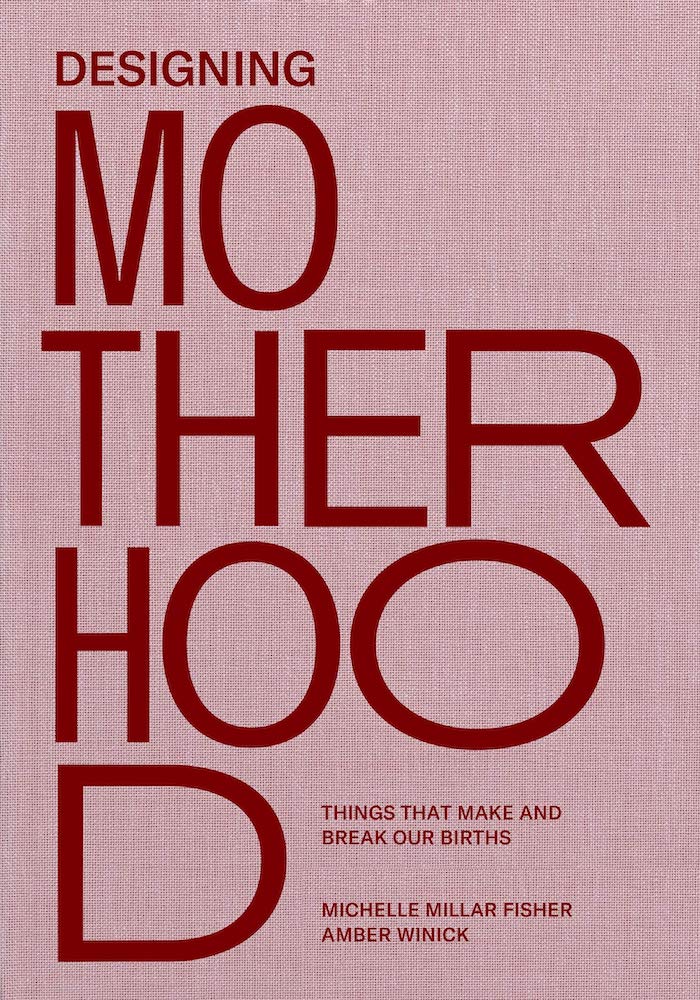
Designing Motherhood, published by MIT Press.
WW: In Designing Motherhood, you write that you see this as part of a larger conversation on design development, activism, and policy change, as well as a source of reclaimed joy, body literacy, and reproductive agency. Do you hope this work will empower its viewers?
DM: We definitely wish to empower our viewers. While doing so, we also want to highlight the many, many people who already embody the liberatory path forward. One such example is DM’s interview with activist, author, and intellectual Professor Loretta Ross. For folks of color especially, it is important to see those who are blazing a way out of the exhausting and exploitive society we all dwell within (but it also has to go far beyond representation).
Designing Motherhood is not just a great book to read, it is not purely an Instagram to peruse (though we highly suggest doing so!); it is also a roadmap to a way of being and existing in the world at large. What would it look like to operate in a world that has free healthcare, housing for all, and where one is assured a safe and empowering birth?
We imagine an environment where formula is not locked away from birthing people who are looking to feed their children. Or workplace policies that make breastfeeding and pumping so impossibly arduous. Or more accessible spaces for disabled folks. Design is a huge factor in how we occupy space. It even visually reinforces who is warmly welcomed and who is shut out.
WW: You see Designing Motherhood as a prompt for future scholars, curators, architects, designers, and audiences. Is this project an ongoing one for you? Where do you see it headed next?
DM: More than anything, we want to see concrete policy change so that people doing the work are better resourced and better paid, so that pregnant and birthing people and their children, especially people of color, are supported and given the resources that they need not just to survive but thrive. We want to be part of a larger conversation that has been fighting for these things for a very long time, because we think we’re at a tipping edge. We will absolutely continue to work within this space, but we are also very excited to see how these conversations can continue to evolve without us, in and outside of the design world.
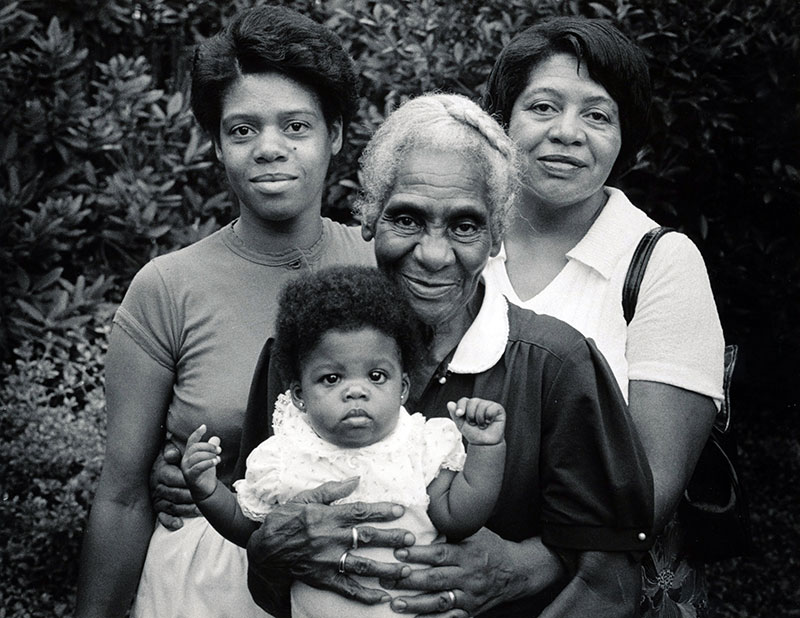
“Four Generations” from the series Mother: A Collective Portrait, 1997, photo by and courtesy of Mary Motley Kalergis.
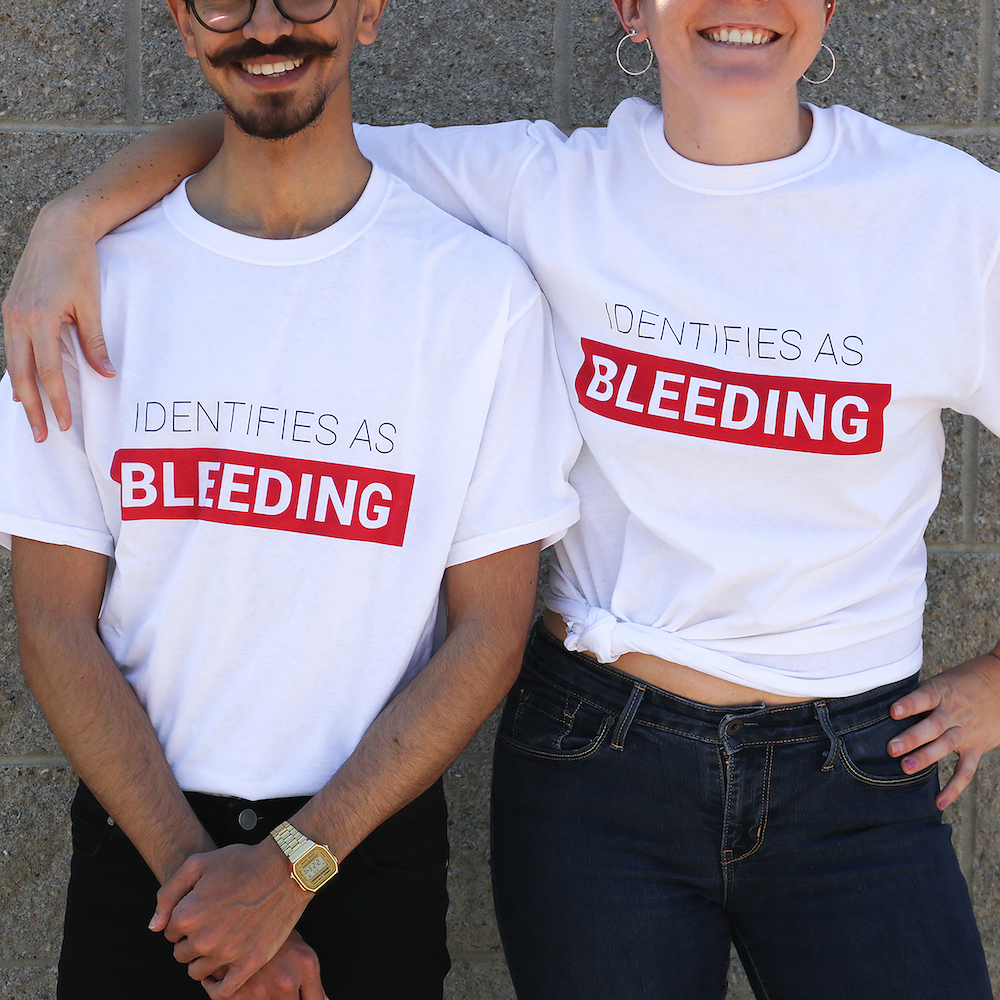
Image courtesy of UltuCup.
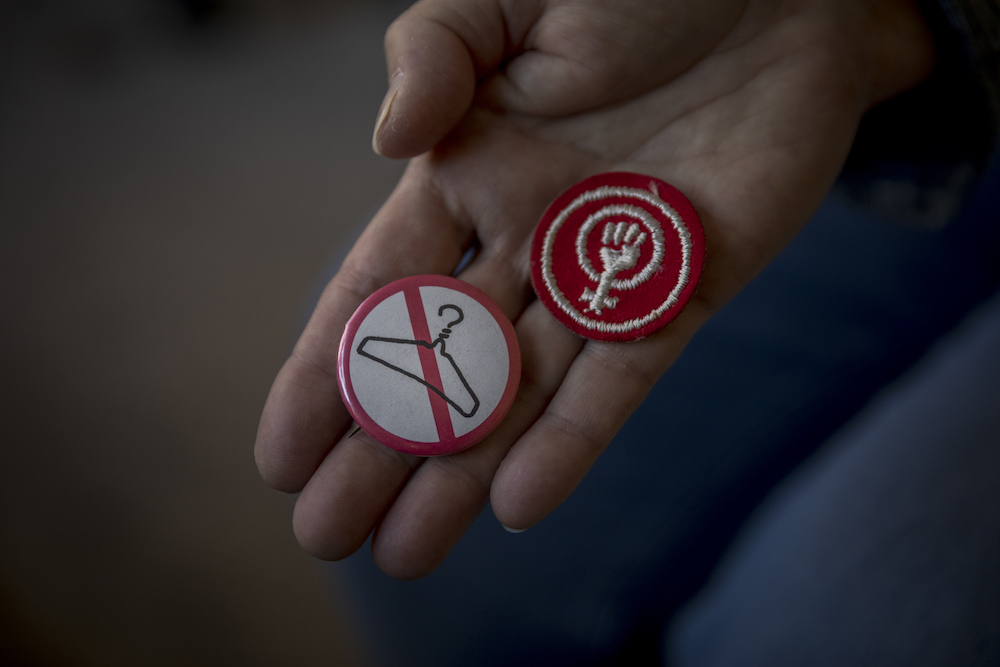
Retired Atlanta-based social worker Sharon Wood holding a pro-choice pin and patch which she last wore in 1973. Image courtesy of Audra Melton,



